Animation based on paintings brings Qing glory to the fore
Updated: 2015-01-20 07:47
By Lin Qi(China Daily)
|
||||||||
The National Museum of China is now showing an animated movie based on an ancient painting that depicts scenes from a Chinese emperor's grand visit to a part of his kingdom.
The 14-minute movie was derived from the first scroll of the Emperor Qianlong's Southern Inspection Tour, part of an epic series of paintings that has been housed in the museum since 1959, and traces the emperor's departure from Beijing for his trip to South China. It also allows visitors glimpses of Qing Dynasty (1644-1911) glory.
The original series is composed of 12 paintings from the time, and was earlier placed at the National Museum of Chinese History, which was later merged into the NMC.
Scroll One: Departing Beijing The Royal Capital displays Qianlong's lavish entourage leaving the Forbidden City for the royal retreat. It is projected on a 30-meter-long and 4-meter-high screen at the museum's hall for digital displays, and is placed along with imitation paintings of the original work and with Scroll Six: Entering Suzhou along the Grand Canal.
The suite of Emperor Qianlong's Southern Inspection Tour includes 12 scrolls chronicling his first inspection of the southern part in 1751. It measures a total length of 154 meters.
Qianlong went on the trip to fulfill his filial duty accompanying his mother who wanted to travel to the picturesque locations. Also he emulated his grandfather, Emperor Kangxi, who made several southern inspections. The travel over 112 days, along the Beijing-Hangzhou Grand Canal, covered more than 2,900 kilometers.
The emperor, himself a poet, composed more than 520 poems during the tour. He commissioned his court painter Xu Yang to visualize 12 pieces from them.
Xu recreated the spectacular scenes in which Qianlong felt the public mood, inspected local administrations and armies, reviewed river engineering projects, and visited temples and nature resorts. He employed a realistic approach in detailing a wide variety of subjects. His paintings provide vivid accounts of society in 18th-century China.
The digital remake provides details of costumes of court officials, ceremonial processions, life of the man in the street and natural landscapes of the time - all offered from the emperor's perspective by the painter.
The display is vivid, thanks to more than 2,500 3-D models of people and animals, according to Chen Lyusheng, deputy director of the National Museum of China.
The animation is a "blockbuster" of its kind, says Zhou Zhiqiang, the production's chief technical adviser. "We not only try to do a remake of the original piece in precision. We've also added a lot of background information that helps the audience to understand the importance of the tour, and the artistic value of the works."
For example, the narration explains the similarities and differences between the inspections of Kangxi and Qianlong. It comments on Qianlong's political achievements in merging the cultures of Han and Manchu ethnic groups.
Zhou, himself a respected narrator, narrates the movie. Previously he narrated for The Palace Museum, a well-acclaimed documentary series presented by China Central Television.
Chen says that the museum will digitize the monumental work's other scrolls in the coming years, and will incorporate more personalized and interactive technologies. The series of painting on Emperor Qianlong's southern inspection tour was created on both paper and silk. The silk pieces were scattered in different museums at home and across the world. For instance, Scroll Four: The Confluence of the Huai and Yellow Rivers and Scroll Six: Entering Suzhou Along the Grand Canal are kept at New York's Metropolitan Museum of Art.
The complete set of paper pieces had been preserved at the Palace Museum, which also houses an incomplete set of Emperor Kangxi's Southern Inspection Tour scrolls.
linqi@chinadaily.com.cn
(China Daily 01/20/2015 page21)
- EU to appeal against court ruling that Hamas be removed from terrorist list: official
- UN chief urges immediate, full end to hostilities in East Ukraine
- Eurostar suspends services again due to fire
- Davos explores economic solution
- Russia marks 72nd anniversary of breakthrough of Leningrad
- The world in photos: Jan 12-18

 United Technologies opens 300 libraries in Chinese elementary schools
United Technologies opens 300 libraries in Chinese elementary schools
 New York Philharmonic to celebrate Lunar New Year
New York Philharmonic to celebrate Lunar New Year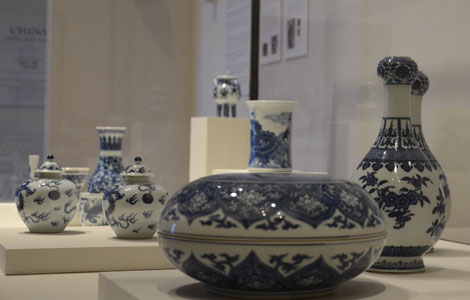
 Long Island collectors display Chinese art then and now
Long Island collectors display Chinese art then and now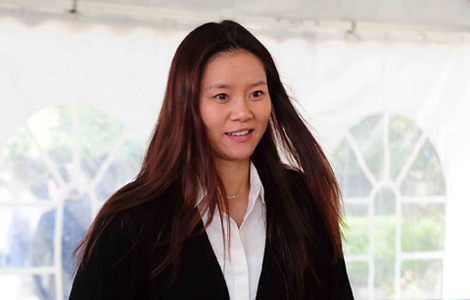
 China's Li Na expecting first baby
China's Li Na expecting first baby
 Bank, Rockets help out school
Bank, Rockets help out school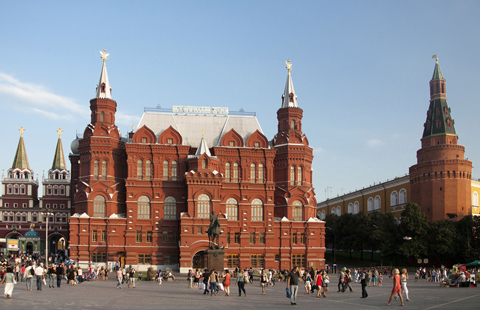
 Top 10 trading partners of the Chinese mainland in 2014
Top 10 trading partners of the Chinese mainland in 2014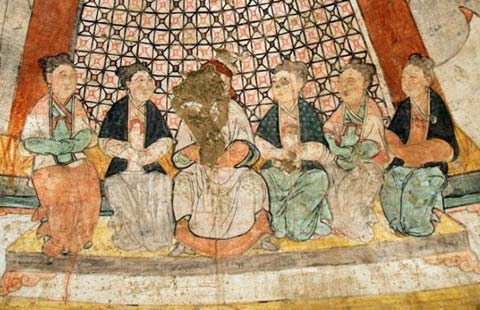
 Yuan Dynasty fresco tomb excavated in Shaanxi
Yuan Dynasty fresco tomb excavated in Shaanxi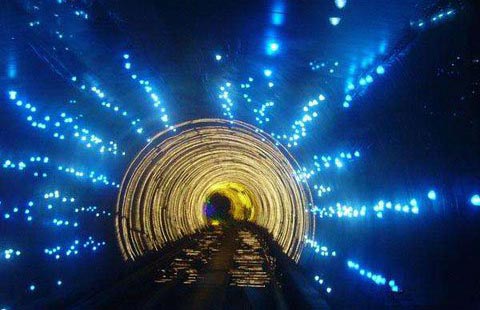
 Most artistic metro stations in China
Most artistic metro stations in China
Most Viewed
Editor's Picks

|

|

|

|

|

|
Today's Top News
US to help China find fugitives
Chinese stocks dive most in 7 years
Protest breaks out at HP subsidiary
Marco Polo proves a hit in US
Rep Meng warns of immigrant frauds
Secret Service: Shots fired outside Bidens' home
China's civil servants to see 60% increase in salary
Hundreds of Chinese trapped by fighting in eastern Myanmar
US Weekly

|

|








